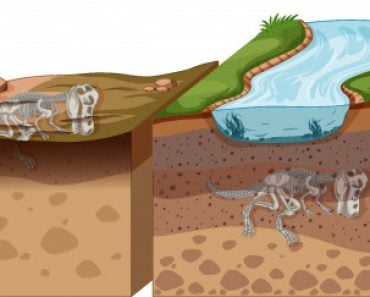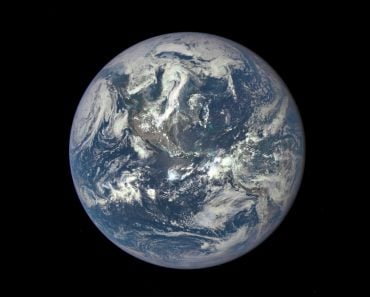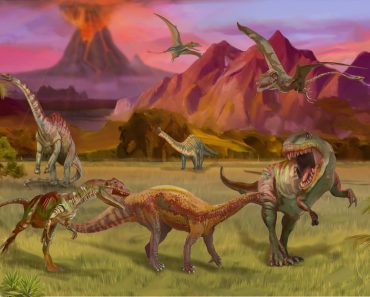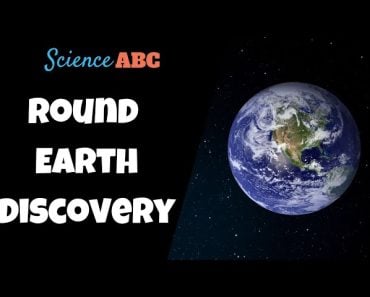Table of Contents (click to expand)
Earth’s history is built upon lengthy periods of steady and consistent change (uniformitarianism), disrupted by short moments of catastrophic occurrences (catastrophism).
Our understanding of the vastness of geologic time is only about 200 years old, and it was not achieved easily. Even though some ancient Romans and Greeks believed the planet to be very old, our present understanding of the Earth’s age dates back to the late 1700s, as the scientific revolution swept through Europe.
One of the most heated conflicts in the development of scientific thought around time was the relative significance of huge, catastrophic events against the cumulative impact of smaller, slower occurrences.
These two opposing schools of thought have put forward their arguments explaining the processes that have shaped the earth. The evolution of these ideas has not only built the foundation of modern geology, but also contributed to a range of other sciences. Let’s try to properly understand these two theories before making any judgments between them.
Recommended Video for you:
Catastrophism
Catastrophism was a hypothesis proposed by Georges Cuvier (1769-1832) centered on paleontological data from the Paris Basin. Cuvier saw something unusual about the fossil sequence. Rather than finding a continuous sequence of fossils, Cuvier discovered many notable gaps. All traces of life would vanish during such discontinuity, and then unexpectedly resurface after a certain length of time.
Cuvier identified such breaks in the fossil sequence as catastrophic extinction events.
This prompted Cuvier to formulate a hypothesis known as catastrophism. It is the notion that the Earth was mostly molded by rapid, short-lived, catastrophic disasters that were global in their scale.
It suggested, for example, that mountains were formed in catastrophic moments. As a result, entire groups of species perished and were substituted by new ones in a rather short period of time.
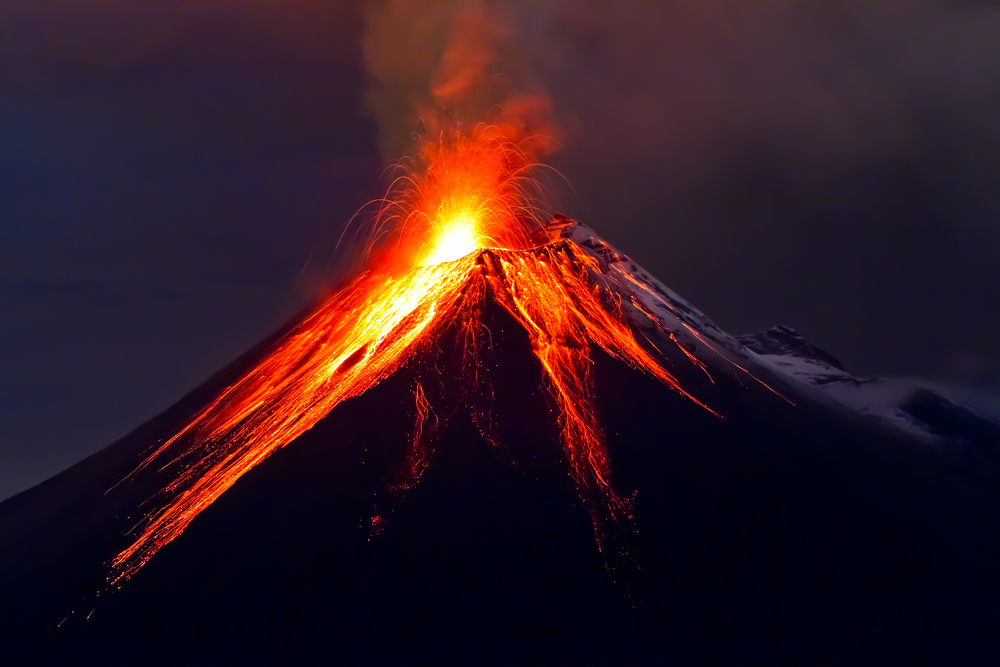
Although Cuvier speculated that the flooding of plains may have been the trigger of catastrophic extinctions, he never justified what could have caused the floods in the first place. Since he never named these factors, many people assumed the extinctions were caused by biblical floods or supernatural actions.
It has long been assumed that nineteenth-century catastrophists held that God was intimately involved in deciding Earth’s history. These individuals firmly believed that catastrophes have gradually affected the planet’s surface since its creation, resulting in the modern Earth.
Uniformitarianism
James Hutton (l726-l797), a chemist and “gentleman farmer” from Scotland, utilized the scientific method to gather facts and developed a different hypothesis. Hutton’s views grew into what is now known as the theory of uniformitarianism. It argues that the laws of the universe are constant and that the processes happening in the present world have been working in much the same way for millions of years – ‘The present is the key to understanding the past.’
Earth-sculpting processes include erosion, deposition, compaction, and uplift. Even though these mechanisms are continual, they occur at exceedingly slow speeds.
Hutton understood that these erosional activities were so slow that it would require an unthinkable amount of time to see major changes in the Earth’s terrain. Before Hutton, no one had successfully proven that geologic processes happened over extended time scales.

Geologists were able to explain Earth’s characteristics logically using the theory of uniformitarianism. In doing so, they have also discovered an extraordinary finding concerning time and origins: The Earth is tremendously old. Uniformitarianism is the earliest hypothesis in Western science to describe deep time. It is the concept that Earth’s history is so vast that a person cannot possibly comprehend the extent of time that has elapsed on the planet.
Hutton’s views were unconventional for his day and, even today, are difficult for the majority of people to grasp, let alone adopt. While Hutton established a thorough model of uniformitarianism, Charles Lyell (1797-1875) was its main proponent. Lyell travelled to the Paris Basin to study the fossils that inspired the theory of catastrophism. When Lyell studied the huge extinction episodes, he came to an opposite conclusion. He saw a pattern of recurrent depositional environments and repeating extinctions.

It pointed out that there were mechanisms that drove these events to occur again and again. Lyell viewed these events as happening over huge lengths of time, although they looked “sudden” with respect to the vastness of time recorded in the rocks.
Lyell had a similar effect on our knowledge of the origin of life. He had such an impact on Darwin that he imagined evolution as a kind of biological uniformitarianism.
Conclusion
Geologists now recognize that many of the processes that shaped the world in the past are no longer present. The early Earth, for example, was regularly bombarded by massive pieces of cosmic debris. Plate tectonics as we know them now did not exist during the initial one or two billion years of Earth’s existence.
However, we also know that catastrophic occurrences may be entirely understood by popular and simple processes. These are not the disasters observed by 17th-century preachers of the Bible, who were forced to use mystical forces to justify events. Rather, these are the incidents that can be easily explained, but have such major and harmful effects that they are perceived to be catastrophic.
When we consider Earth’s history as a series of recurring, but rare events, we must deduce that uniformitarianism can explain even the occasional shocking events, and that we have every reason to assume that similar incidents will undoubtedbly occur again in the future.
References (click to expand)
- Uniformitarianism: Charles Lyell - Understanding Evolution. University of California, Berkeley
- Uniformitarianism | The Foundation of Modern Geology. Urbana-Champaign
- Catastrophism | The Foundation of Modern Geology. Urbana-Champaign
- Skinner B. J.,& Murck B. W. (2011). The Blue Planet: An Introduction to Earth System Science. Wiley
- Prothero D. R. (2020). The Evolving Earth. Oxford University Press


